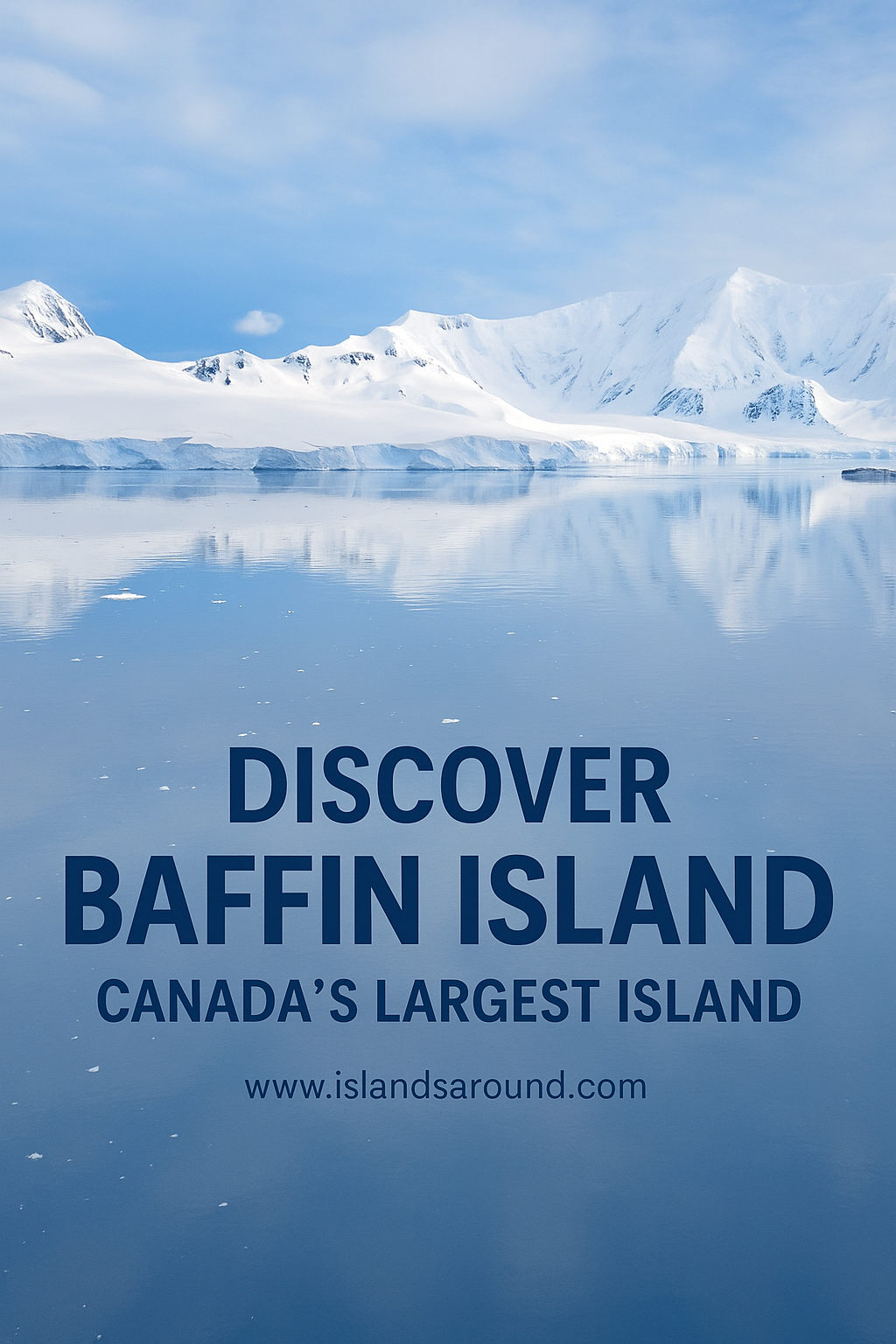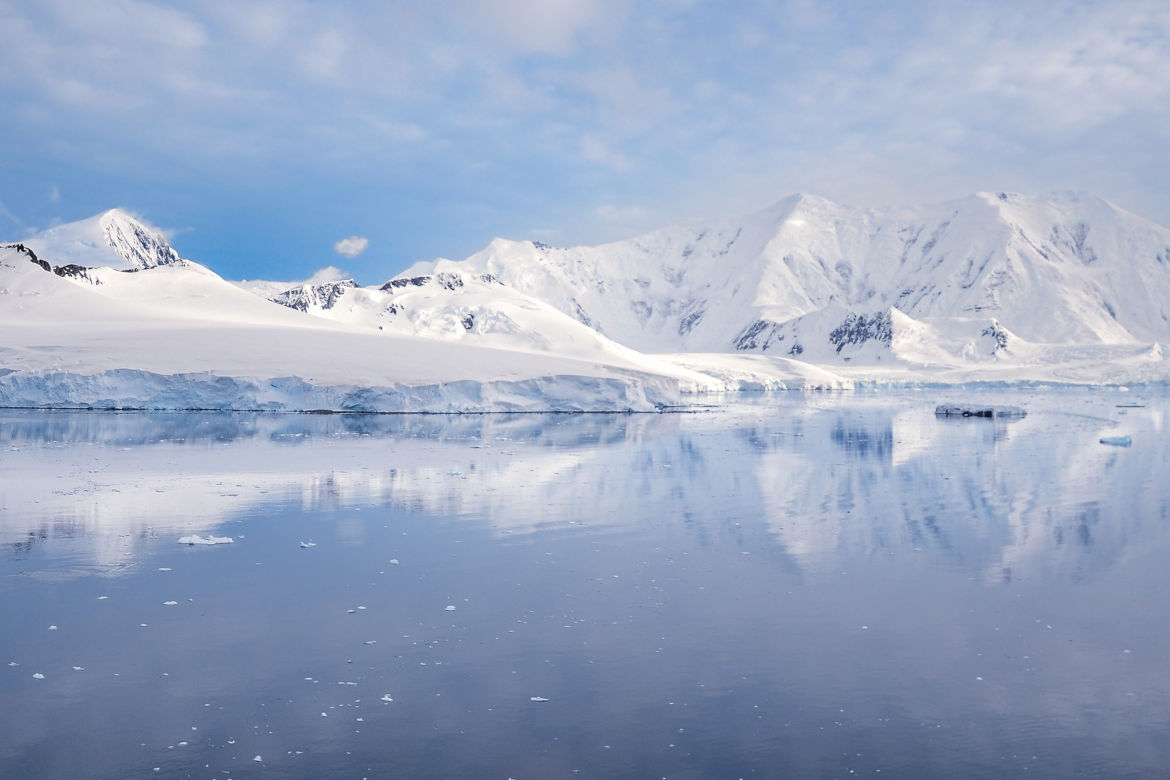Baffin Island, located in the Canadian Arctic Archipelago, is Canada’s largest island and the fifth-largest island in the world by area.
Known for its rugged landscapes, icy fjords, and remote wilderness, Baffin Island is a place of breathtaking natural beauty and a haven for adventure seekers and wildlife enthusiasts.
The largest island in Canada is part of the territory of Nunavut and is home to the Inuit communities that have lived in the Arctic for thousands of years. Despite its remote location, Baffin Island is accessible by air and serves as a gateway for polar exploration and Arctic expeditions.

Table of Contents
Geography of Baffin Island
Covering an immense area of approximately 507,451 square kilometers (195,928 square miles), Baffin Island lies between Greenland and the Canadian mainland. It’s surrounded by icy waters, including Baffin Bay to the east and the Hudson Strait to the south, giving it a dramatic and isolated feel.
A Comparison of 5 North American Islands
| Island | Location | Area (sq. km) | Area (sq. mi) | Country |
|---|---|---|---|---|
| Baffin Island | Arctic | 507,451 | 195,928 | Canada |
| Cuba | Caribbean | 110,860 | 42,800 | Cuba |
| Greenland | Arctic | 2,166,086 | 836,330 | Denmark (Autonomous) |
| Long Island | North Atlantic | 3,564 | 1,376 | United States |
| Victoria Island | Arctic | 217,291 | 83,897 | Canada |
Baffin Island’s coastline is a maze of deep fjords, bays, and inlets, many of which are bordered by towering cliffs and glaciers that flow into the sea. The island’s rugged terrain features mountain ranges, such as the Baffin Mountains, which are part of the Arctic Cordillera.
Mount Odin, the island’s tallest peak, rises to 2,147 meters (7,044 feet), offering awe-inspiring views over the frozen landscapes below. The surrounding waters are also frequented by narwhals, beluga whales, and walruses, making it a prime destination for wildlife watching.
One of the most remarkable features of Baffin Island is Auyuittuq National Park, located on the island’s Cumberland Peninsula. The park’s name means “land that never melts” in Inuktitut, and it is famous for its dramatic glaciers, jagged peaks, and deep fjords. Hikers and mountaineers are drawn to this remote region to experience its untouched natural beauty.
FAQs about Baffin Island
Which island is Canada’s largest island?
Baffin Island is the largest island in Canada and the fifth-largest island in the world. It is located in the territory of Nunavut.
What is so special about Baffin Island?
Baffin Island is known for its stunning Arctic landscapes, including towering fjords, glaciers, and remote wilderness. It’s a haven for wildlife such as polar bears, caribou, Arctic foxes, and migratory birds. It’s also rich in Inuit culture and history, with archaeological sites dating back thousands of years.
Do people live there?
Yes. Several Inuit communities live on Baffin Island. The largest is Iqaluit, the capital of Nunavut, located on the southeastern coast of the island.
What language is spoken on the Island?
Languages spoken include:
- Inuktitut (an Inuit language, widely used)
- English
- Some residents also speak French.

Can you live there?
Yes. People live year-round on Baffin Island, mostly in remote, fly-in communities. Life can be challenging due to the harsh climate and high cost of living, but it is home to thousands of residents.
Why is Baffin Island famous?
Baffin Island is famous for:
- Being Canada’s largest island
- Arctic wildlife and scenery
- Inuit culture and traditions
- Adventure tourism (skiing, snowmobiling, ice climbing)
- Historical links to early European exploration, including Viking presence.
Did Vikings go to the Island?
There is archaeological evidence suggesting that Norse explorers (Vikings) may have reached Baffin Island around 1000 AD, calling it “Helluland.” Artifacts found suggest contact with the Indigenous peoples.
Can I go to the Island?
Yes, you can visit! Baffin Island is accessible by air travel, mostly through flights to Iqaluit. There are no roads connecting it to mainland Canada. It’s a destination for adventurous travelers interested in Arctic experiences.

Who owns Baffin Island?
Baffin Island is part of Canada, located within the territory of Nunavut, which is a self-governing region with a large Inuit population and land claims managed by the Nunavut Land Claims Agreement.
Is the island bigger than Greenland?
No. Greenland is much larger. Baffin Island is 507,451 square kilometers (195,928 square miles), while Greenland is 2,166,086 square kilometers (836,330 square miles).
How many people live on Baffin Island?
As of recent estimates, around 13,000 people live on Baffin Island. Iqaluit alone has over 7,000 residents.
Is there a ferry?
No regular ferry service exists due to the remote location and sea ice conditions. Travel is mainly by airplane or seasonal sealift cargo ships.
What about the island tourism?
Tourism focuses on:
- Arctic adventures (dog sledding, Northern Lights, kayaking)
- Wildlife viewing
- Visiting Auyuittuq National Park
- Learning about Inuit culture
Tour operators offer guided tours, but it’s a remote and expensive destination, often requiring careful planning.

How cold does Baffin Island get?
- Winter temperatures can drop to -40°C (-40°F) or lower.
- Summers are short and cool, with temperatures often below 10°C (50°F).
- Arctic clothing and preparation are essential.
What towns are on the island?
Main communities include:
- Iqaluit (capital of Nunavut)
- Kinngait
- Iqaluit
- Kimmirut
- Pangnirtung
- Clyde River
- Pond Inlet
- Arctic Bay
Are there jobs on Baffin Island?
Yes. Common employment sectors include:
- Government services
- Education
- Healthcare
- Construction
- Airlines and transportation
- Tourism
- Art and crafts (especially Inuit art)
Due to its remoteness, many jobs offer higher wages or northern allowances, but the cost of living is also higher.

